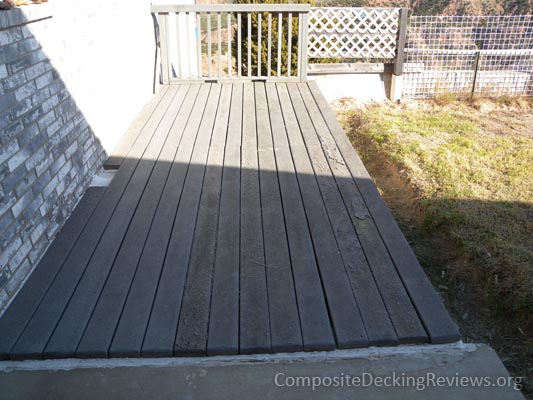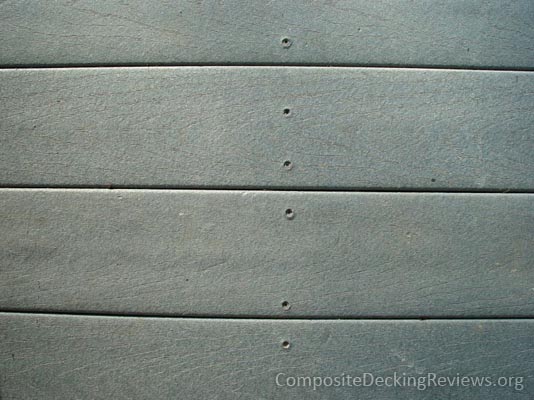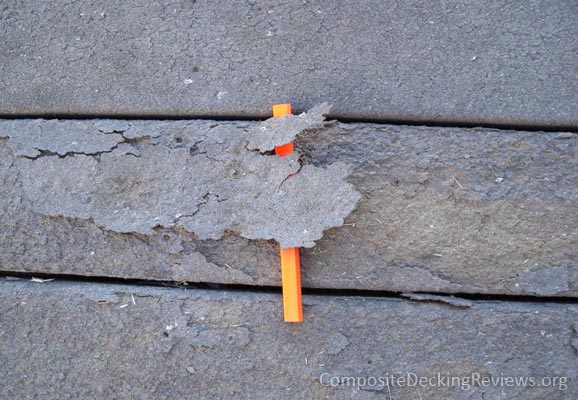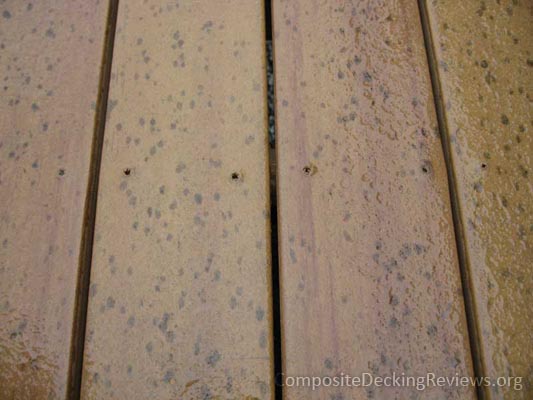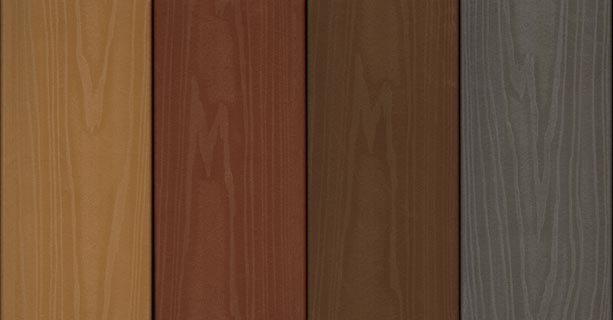Composite decking is expensive—certainly more expensive than low-end woods like pressure treated, and at least on par with high-end materials like ipe. The initial cost of composite material is compounded by the current state of oil prices. Don’t forget that composite is largely plastic, an oil-based product.
But this initial cost is just the beginning. If you’ve read some of the other posts on this blog, you’ll know of all the problems that plague composite decks. These problems led to decks being replaced.
Between warranties and lawsuits, the manufacturing companies will sometimes pay to replace the defective material, but that still leaves the customer high and dry when it comes to labor costs. Additionally, free composite decking only helps if you’re willing to install another composite deck and risk going through the whole ordeal a second time.
In light of all this, you have to seriously consider if composite decking will be worth it in the long run. Wood has centuries of proven performance, while composite decking has a decade’s worth of horror stories. Which would you rather choose?
